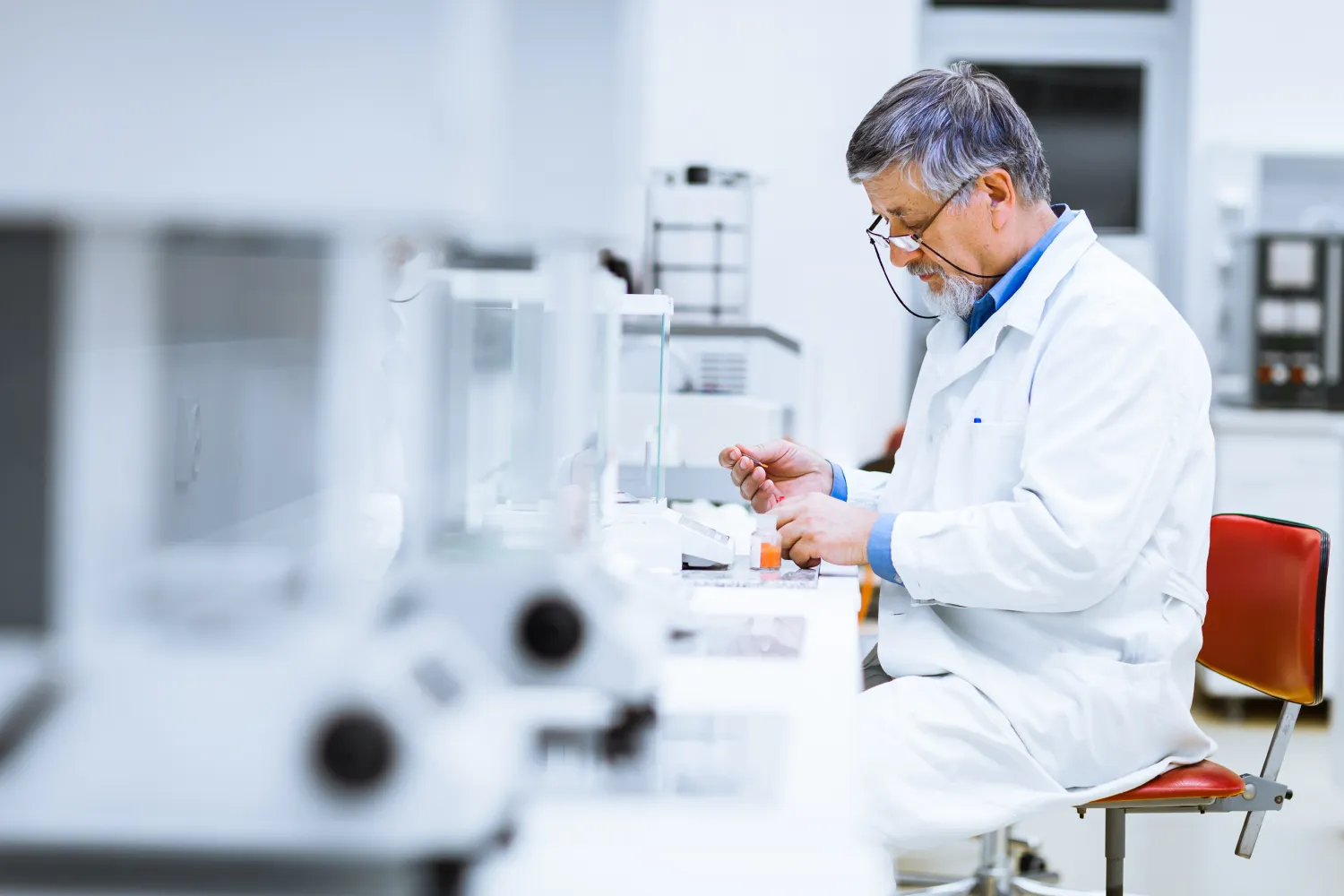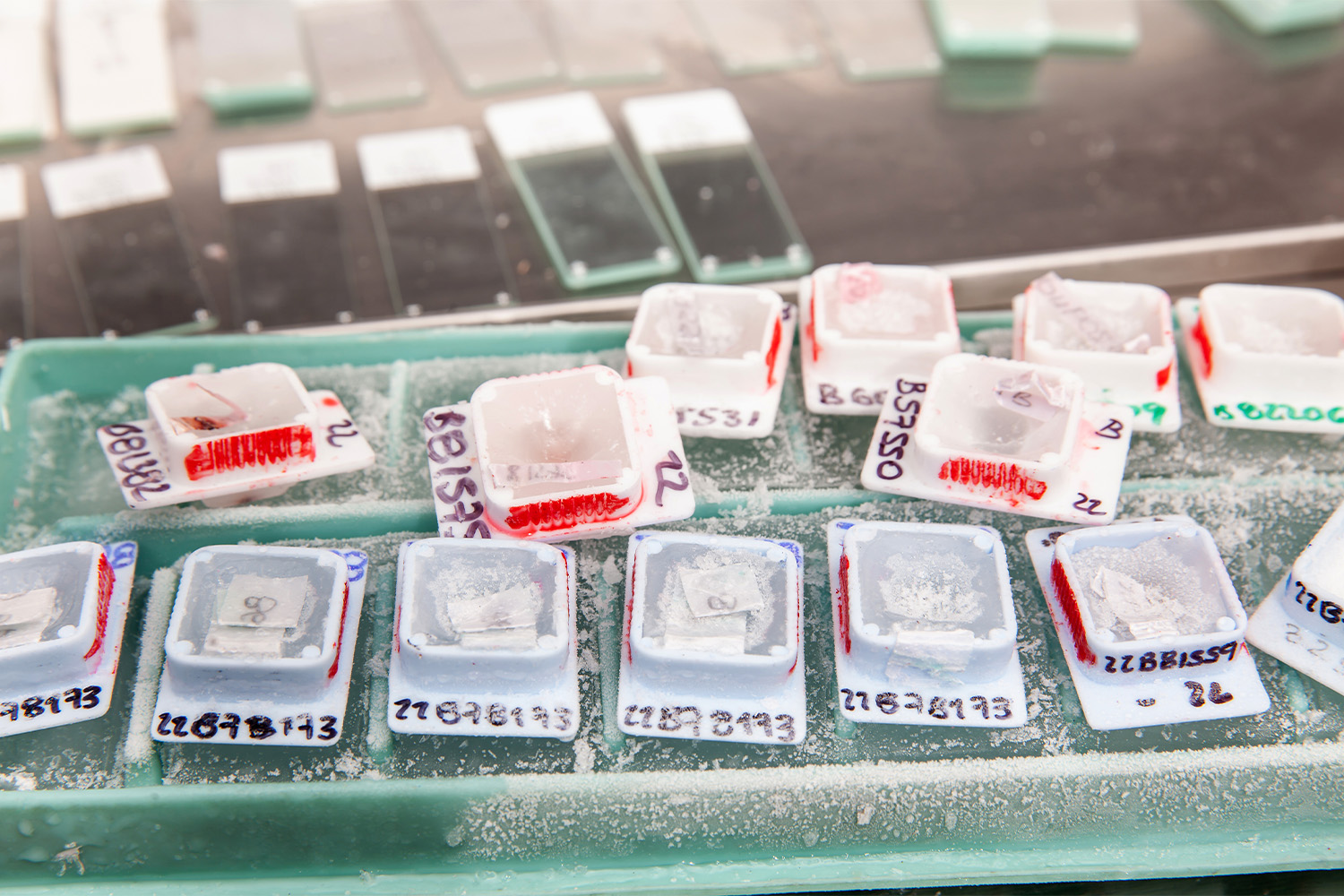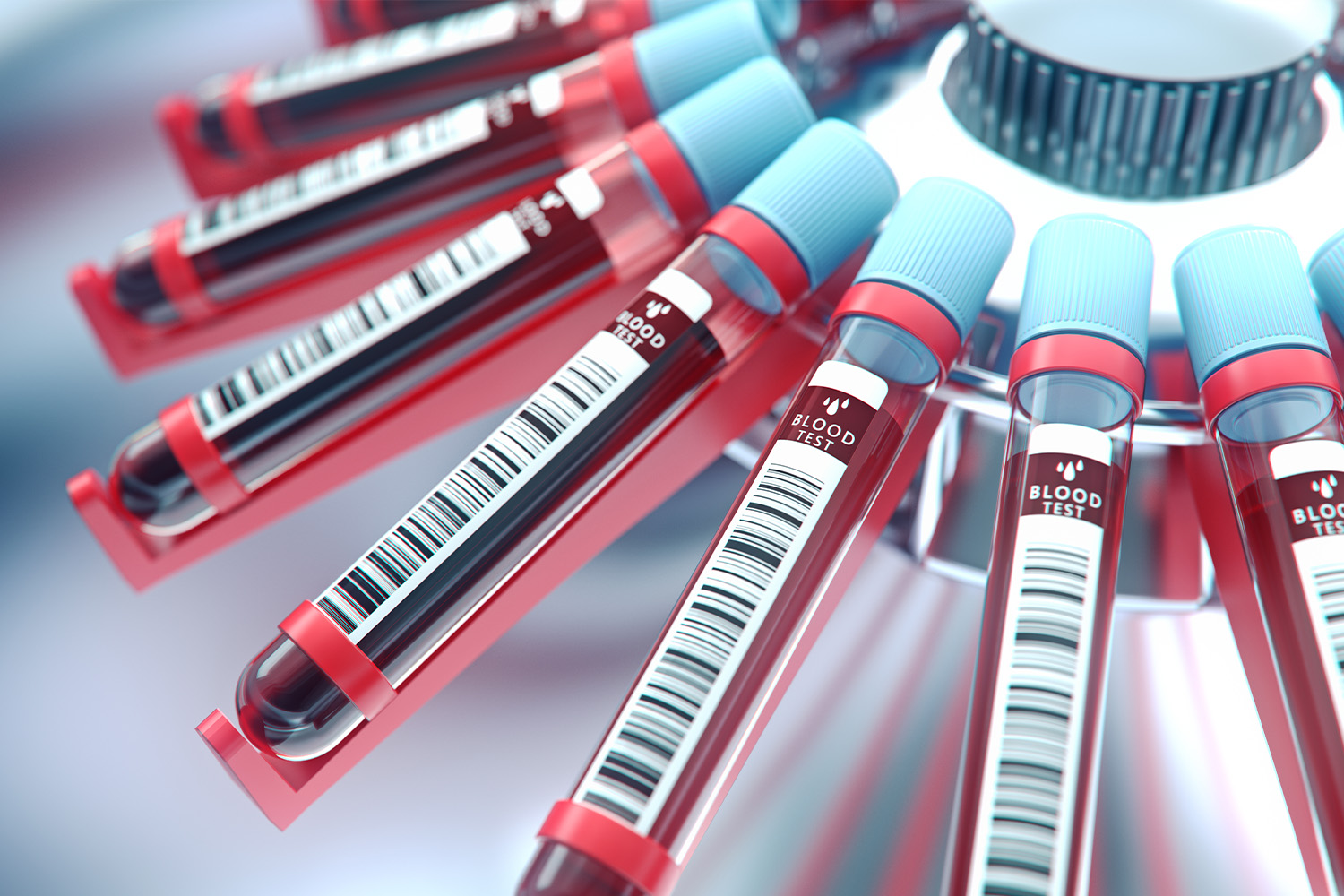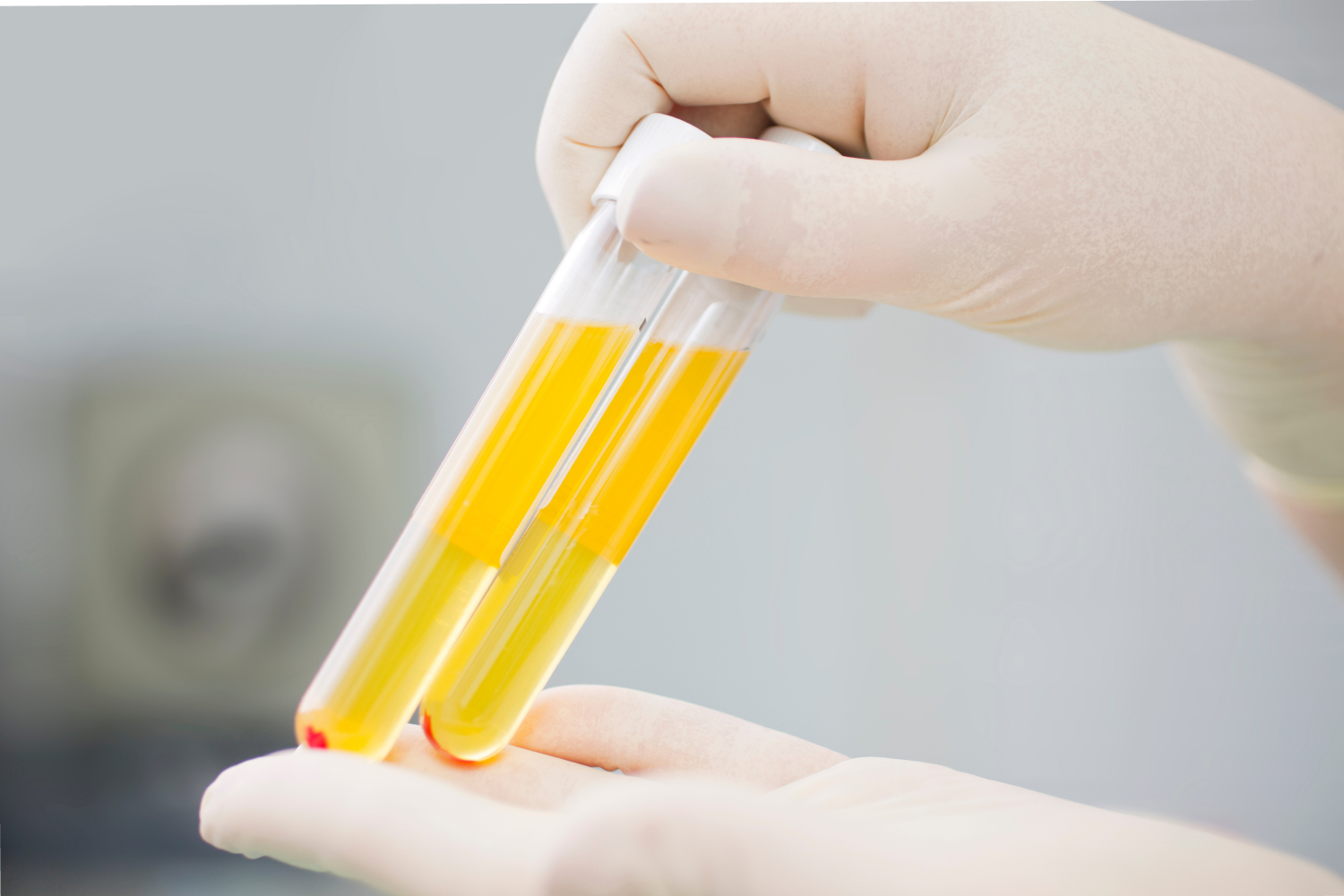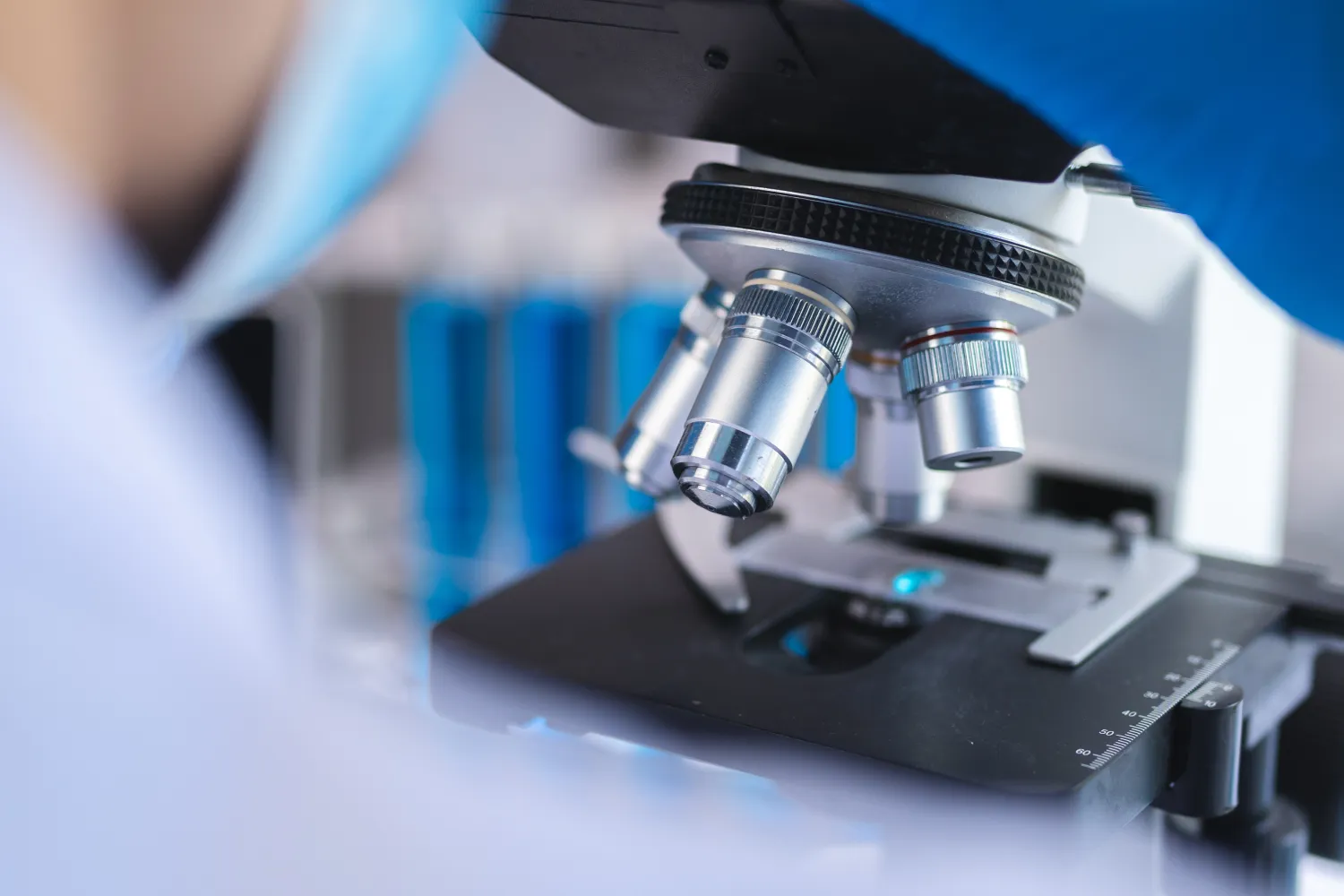The realm of healthcare and medical research is deeply rooted in the collection and analysis of biological specimens. Specimen collection, a fundamental yet critical step, forms the bedrock of diagnostics, personalized medicine, and disease research. It aids in understanding the human body’s intricacies and how it responds to various conditions and, consequently, informs effective treatments.
Biospecimens and clinical specimens serve as essential cogwheels in this monumental task. As tangible manifestations of the human body’s internal workings, they offer an invaluable resource for medical and scientific communities. Given their importance, a detailed understanding of the spectrum of biospecimens and their roles in research is crucial for any healthcare professional.
What are Biospecimens and Clinical Specimens?
Biospecimens, also known as biological specimens, are biological materials such as cells, tissues, organs, body fluids, or other biological substances. They serve as physical representations of our health status and are rich sources of data on the molecular level. Clinical specimens, a subtype of biospecimens, are usually collected for diagnostic or treatment purposes during a patient’s healthcare provision.
The types of clinical specimens include blood specimens, sputum, and urine specimens, each offering a unique window into the body’s functions.
- Blood specimens, for instance, can provide information about a patient’s overall health, identify genetic disorders, or detect diseases like anemia or leukemia.
- Sputum, produced in the lower respiratory tract, can be used to detect lung diseases, including pneumonia, tuberculosis, or lung cancer.
- Urine specimens can reveal a range of health issues, from urinary tract infections to kidney disease, diabetes, or even certain types of cancer.
Specimen Collection Procedures
Collecting these specimens is a task that demands precision, adherence to standard procedures, and a keen understanding of the human body. The collection procedures can range from venipuncture, swab collection, and urine collection to biopsy, depending on the type of specimen needed.
- Venipuncture, a common procedure, involves drawing blood from a vein, typically in the arm, using a needle and depositing the blood into a sample collection container. This method is often used for the collection of blood specimens for a multitude of laboratory tests.
- Swab collection involves using a swab, similar to a cotton swab, to collect specimens from various body sites. This method is commonly used to collect specimens from the nose or throat for respiratory infection testing, from the vagina for STI testing, or from wounds to detect infections.
- Urine collection may involve a clean catch, where the patient urinates into a sterile container or a catheter, in some cases.
- Biopsies involve extracting a small amount of tissue from the collection site for further examination and are typically performed for cancer detection.
Before any procedure, patient preparation is key. Patients should be informed about the process and any pre-procedure instructions.
Accurate patient identification is crucial to ensure the collected specimens are correctly attributed. This often involves verifying the patient’s name and other identifiers like the date of birth or medical record number. Such steps are vital to ensure that the specimens and subsequent test results are correctly linked to the patient.
Specimen Storage and Transport
Once collected, the specimen must be stored and transported appropriately to ensure its integrity. This is where the specimen container and transport media come into play. The specimen container should be leak-proof to prevent any spills and must be labeled correctly with patient identifiers, type of specimen, time of collection, and date.
Transport media may be required for certain specimens, particularly those containing microbes, to maintain their viability. For instance, a swab may be placed in a transport tube with specific media to preserve pathogens for microbiology testing. The transport conditions, like refrigeration or room temperature, are determined based on the type of specimen and the intended testing.
Biological samples such as blood may require additives or preservatives. For example, blood collection often involves the use of tubes with an anticoagulant to prevent clotting. On the other hand, urine samples need to be refrigerated if they cannot be analyzed immediately to inhibit bacterial growth.
Specimen Analysis and Laboratory Tests
The stored and transported specimens are then subjected to various laboratory tests. This can range from standard assays, like complete blood count, urinalysis, and blood culture, to more specialized tests, such as PCR for genetic analysis or isolates for pathogen identification.
Clinical laboratories are the primary venues for these tests. Here, healthcare professionals, guided by meticulous protocols, use a range of equipment and techniques to derive insights from the specimens.
For instance, a urine specimen may undergo chemical tests, microscopic examination, and culture. These analyses can reveal abnormal levels of glucose or proteins, signs of infection, or the presence of pathogens.
What Are Some Challenges in Specimen Collection and Management?
Despite its fundamental role, specimen collection is fraught with challenges. Errors can occur at any stage, from patient preparation and specimen collection to transport, storage, and analysis. For instance, poor venipuncture technique can lead to hemolysis, or the rupture of red blood cells, which can interfere with test results.
Contamination is another common issue, particularly in the collection of swabs or urine samples. For instance, a midstream clean-catch urine sample can be contaminated if not collected correctly, leading to false-positive results for urinary tract infections.
A significant challenge is ensuring the right patient-sample-test-result link throughout the process. A simple error in labeling the collection tube or entering the details in the requisition form can lead to severe consequences, like wrong diagnosis or treatment.
Quality Control in Specimen Collection
Quality control is thus indispensable in specimen collection procedures. It starts with training healthcare professionals in proper techniques, from washing hands before a procedure to correctly filling out the request form.
Instruments like Vacutainer systems for blood collection or sterile containers for urine collection should be checked for their expiration date and any signs of damage. Procedures for patient identification, such as double-checking the patient’s name, date of birth, and medical record number, should be strictly adhered to.
Quality control also extends to the handling and storage of specimens. Tubes should be correctly topped, samples properly refrigerated if necessary, and transport undertaken in a timely manner. Likewise, the laboratory analysis should also adhere to standard protocols and controls to ensure accurate test results.
How Are Banked Biospecimens Used in Research?
While clinical specimens are usually collected for immediate testing, banked biospecimens are collected for potential future use in research. These specimens, which range from blood samples to biopsy tissues, are stored in biobanks with their associated identifiers, like the patient’s name and date of birth, removed to maintain confidentiality.
Banked biospecimens offer a wealth of information and can be used for various types of research, such as studies on disease progression, genetic research, and drug development. Furthermore, biobanks are also instrumental in studying rare diseases, where gathering a large number of fresh samples may not be feasible.
However, the management of banked biospecimens presents its unique set of challenges. Given the long-term nature of storage, maintaining the integrity of the samples is paramount.
Procedures for the collection, preservation, and storage of these specimens, therefore, must be stringent. For instance, additives might be needed to prevent cell degradation, and samples may need to be stored at very low temperatures.
Clinical Specimens and Banked Biospecimens in Research
Clinical specimens and banked biospecimens both play vital roles in advancing healthcare. On one hand, clinical specimens provide immediate information about a patient’s health and guide treatment decisions. On the other hand, banked biospecimens allow researchers to explore health and disease over a long period, providing insights that can inform future clinical practices and health policies.
For instance, the analysis of clinical specimens might reveal a new pathogen, which could then be stored as a banked biospecimen for further study. Conversely, banked biospecimens might be used to develop a new diagnostic test, which could then be applied to clinical specimens.
Patient Consent
Patient consent is a critical part of specimen collection, particularly for biospecimens used in research. Typically, a healthcare professional or researcher will explain the purpose of the collection and potential uses of the specimen to the patient, allowing them to make an informed decision.
The patient then provides written consent. In the case of biobanking, consent often covers future unspecified research to allow the biospecimen to be used in diverse studies.
Patient Privacy and Data Security
Patient privacy and data security are paramount in the handling of biospecimens. When specimens are used for clinical purposes, they are usually linked to the patient’s health record.
This information is protected under patient privacy laws. For research purposes, identifiers are typically removed or coded to protect patient confidentiality. Furthermore, data security measures are implemented to prevent unauthorized access to patient information.
Digital Technologies
Digital technologies play a key role in managing biospecimens. For example, laboratory information management systems (LIMS) can track and manage data associated with each biospecimen, such as the collection time, storage location, and analysis results. These technologies can also support quality control measures, helping to reduce errors and improve the efficiency of specimen handling.
Standardization in Collection, Storage, and Analysis
Standardization ensures that biospecimens are collected, stored, and analyzed consistently, which is crucial for the accuracy and reproducibility of research findings. Different procedures or conditions can affect the molecular composition of biospecimens, potentially leading to biased results. Standardized protocols help to minimize these variations, ensuring that differences observed in analyses are due to the biological variables of interest.
Quality of Specimens
Biobanks ensure the quality of their stored biospecimens through rigorous quality control measures. This includes standardizing collection and storage procedures, monitoring storage conditions, and periodically assessing the integrity of the biospecimens. Biobanks may also implement quality assurance programs that involve regular audits and process improvements.
What Happens to Unused Biospecimens?
The fate of unused biospecimens depends on the policies of the institution. Some biospecimens may be destroyed following a certain period, while others may continue to be stored for future use, provided this is in line with the patient’s consent. In the case of biobanks, unused biospecimens may be made available to other researchers to maximize their utility.
Conclusion
Whether it’s a blood sample collected for immediate laboratory tests or a tissue specimen banked for future research, the process of biospecimen collection is fundamental to healthcare. The whole procedure, from patient preparation to specimen transport and analysis, is a delicate operation, filled with protocols to ensure that the data derived from each sample is accurate and reliable.
It is a spectrum of operations — a series of intricately connected tasks that ensure the seamless flow of specimens from the patient to the laboratory. It requires the meticulous work of dedicated healthcare professionals, precise storage and transport conditions, and strict adherence to quality controls.
Through these concerted efforts, we can assure that each collection tube, each swab, each urine container, and each transport bag serves its purpose in the grand scheme of patient care and medical research, paving the way for better diagnosis, treatment, and ultimately, the enhancement of human health.
At iProcess Global Research, we remain committed to playing our part in this important endeavor, ensuring the availability of high-quality specimens for today’s clinical needs and tomorrow’s research breakthroughs.
Sources:
NCI Dictionary of Cancer Terms | Cancer
